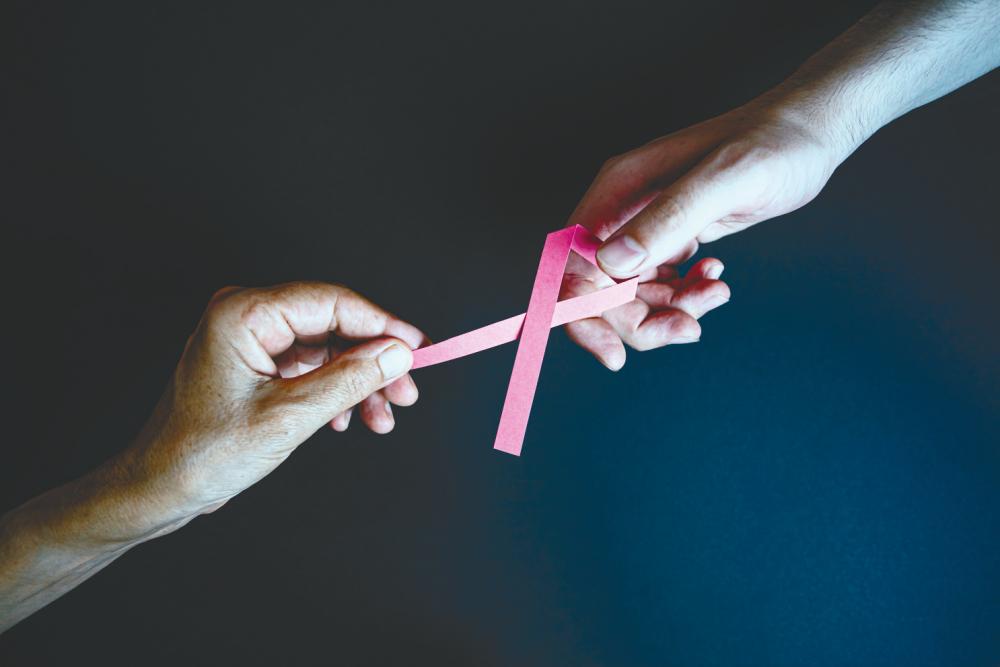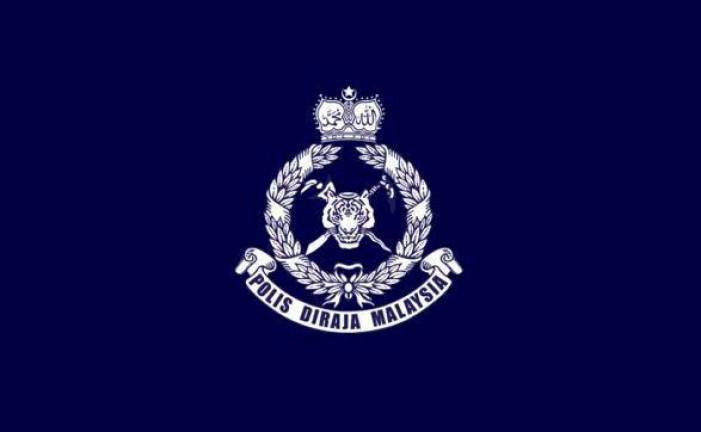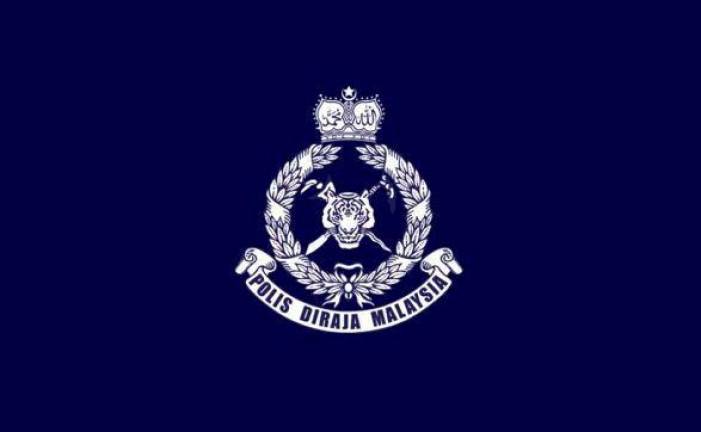The adage “Early detection saves lives” still rings true today. Once again, hints of pink are now starting to make their appearance in posters, advertisements, social media and stores.
Most people are aware that the month of October and the pink ribbon are synonymous with Breast Cancer Awareness Month (BCAM), but not many know the story behind the pink ribbon, or why most of the cause’s activities take place during October in the first place.
The birth of the pink ribbon
The history behind the emblematic ribbon actually originated in the 19th century.
People often tied yellow ribbons to trees as a symbol of rememberance for their loved ones who were serving in the military, and the ribbon started to gain a deeper meaning and symbol for Americans during the Iran hostage crisis.
Red ribbons then made their appearance in the late 80s and early 90s to raise awareness about HIV/AIDS.
Very soon, ribbons were seen as a medium of communication.
Before the pink ribbon movement was initiated, Charlotte Haley, a grassroots activist and breast cancer survivor, was already creating peach-colored ribbons to raise awareness on the shortage of government funding for cancer prevention.
The Susan G. Komen Breast Cancer Foundation had been using pink ribbons since its establishment in 1982. They began distributing pink ribbons to breast cancer survivors and participants of the Komen New York City Race for the Cure.
Inspired by Haley, the editor-in-chief of Self magazine, Alexandra Penney and the vice-president of Estee Lauder, Evelyn Lauder – who is a breast cancer survivor herself – both teamed up to create the Breast Cancer Research Foundation, and made the pink ribbon its symbol.
Considering how colours have their own emotional and mental effect, the colour pink was chosen as it is said to be life affirming, calming, playful, quieting, stress-relieving and empowers women.
Within a year, the pink ribbon started becoming a national symbol, and Haley’s peach ribbons slowly faded into history.
The birth of BCAM
The origin of BCAM first began in October 1985 as an alliance between the American Cancer Society and the pharmaceutical department of Imperial Chemical Industries.
Betty Ford, the wife of Gerald Ford, was diagnosed when her partner became the United States president which immediately drew more attention to breast cancer.
Campaigns and initiatives to further advocate the public on this matter began to flourish worldwide from that moment.
You can honour BCAM by wearing a pink ribbon or pink every day in the month of October, participate in a race in support of BCAM, or upload content on social media that raises more awareness about breast cancer on your social media platforms.













